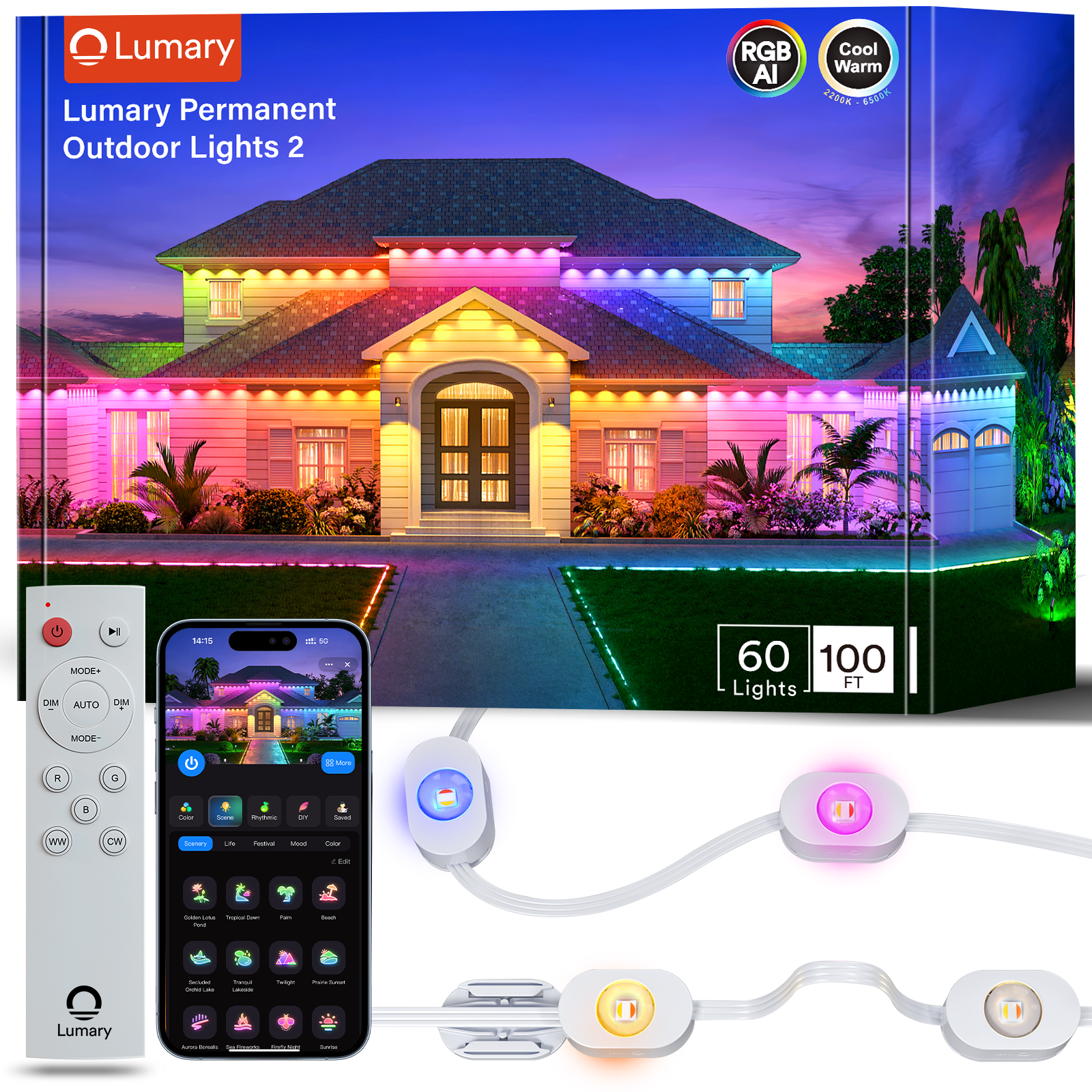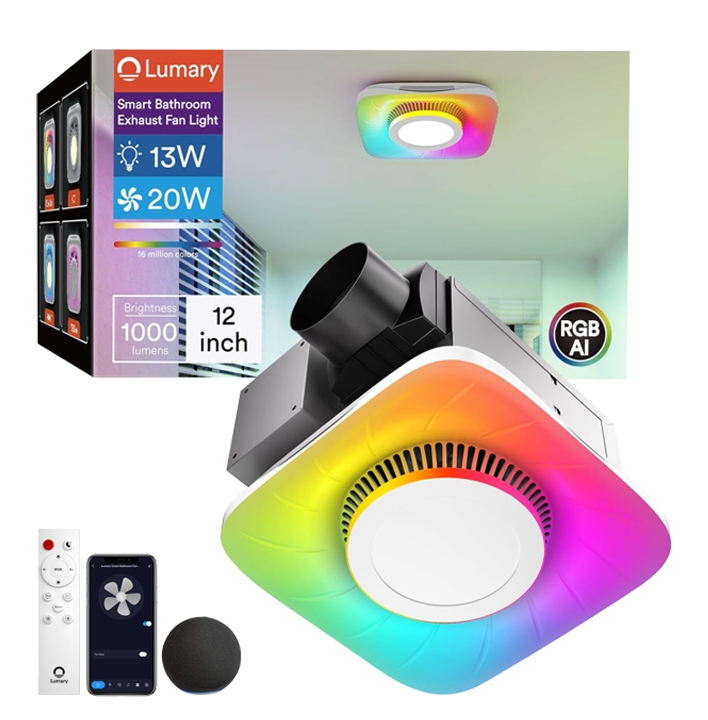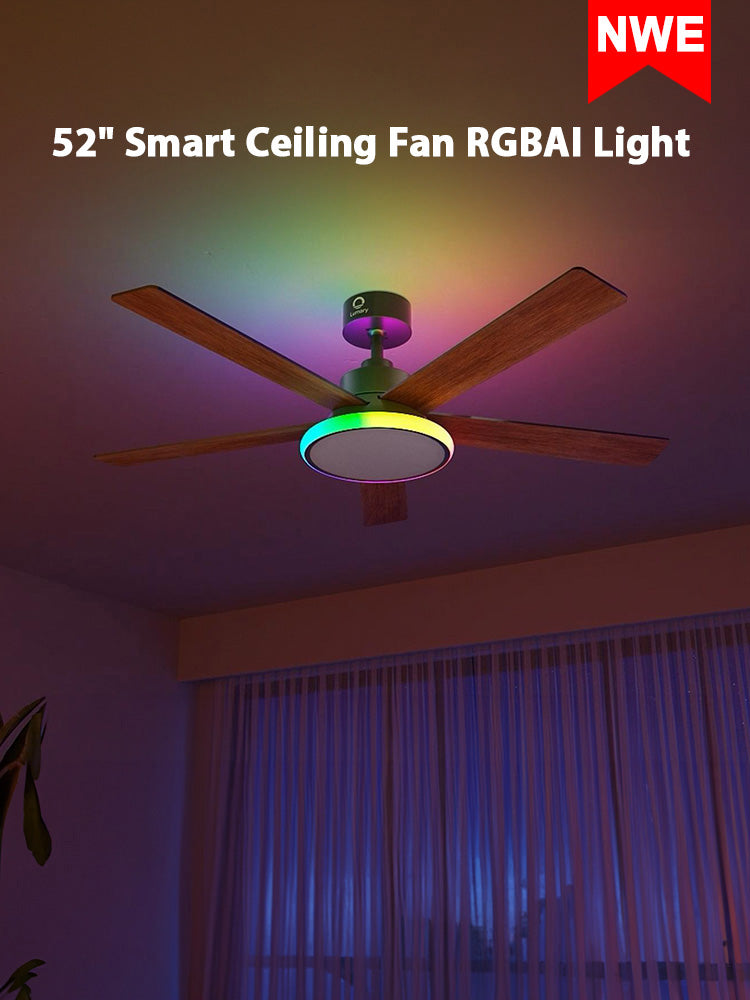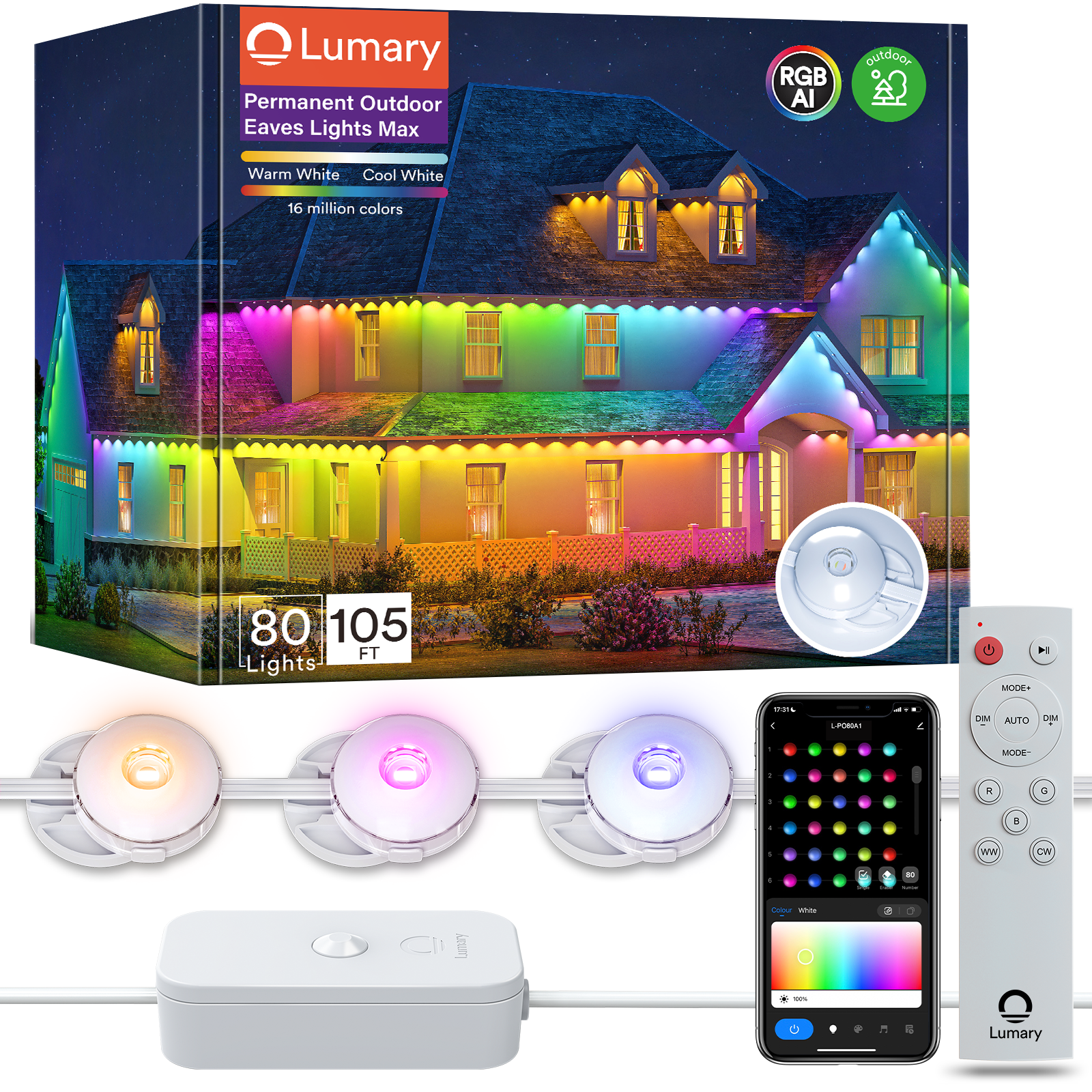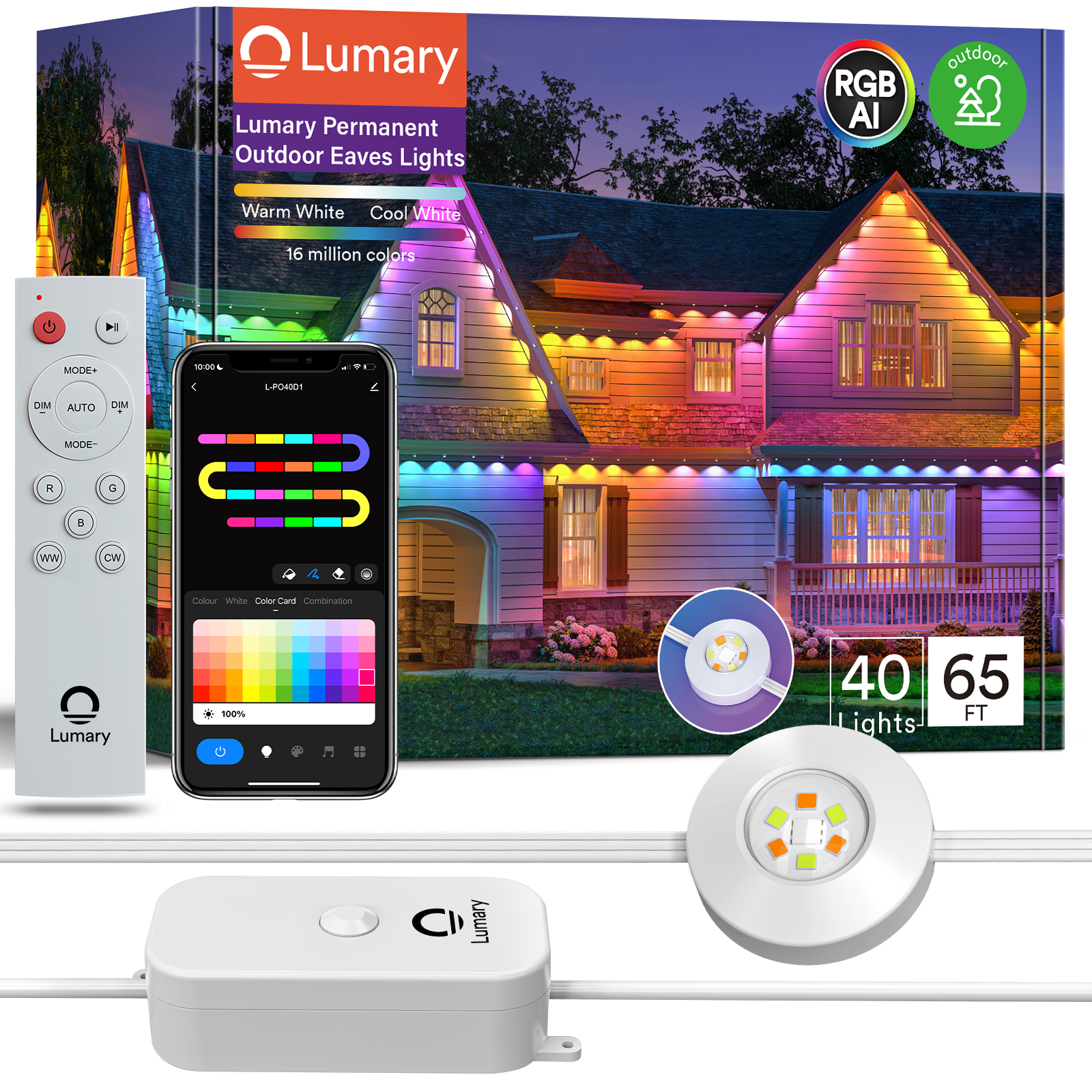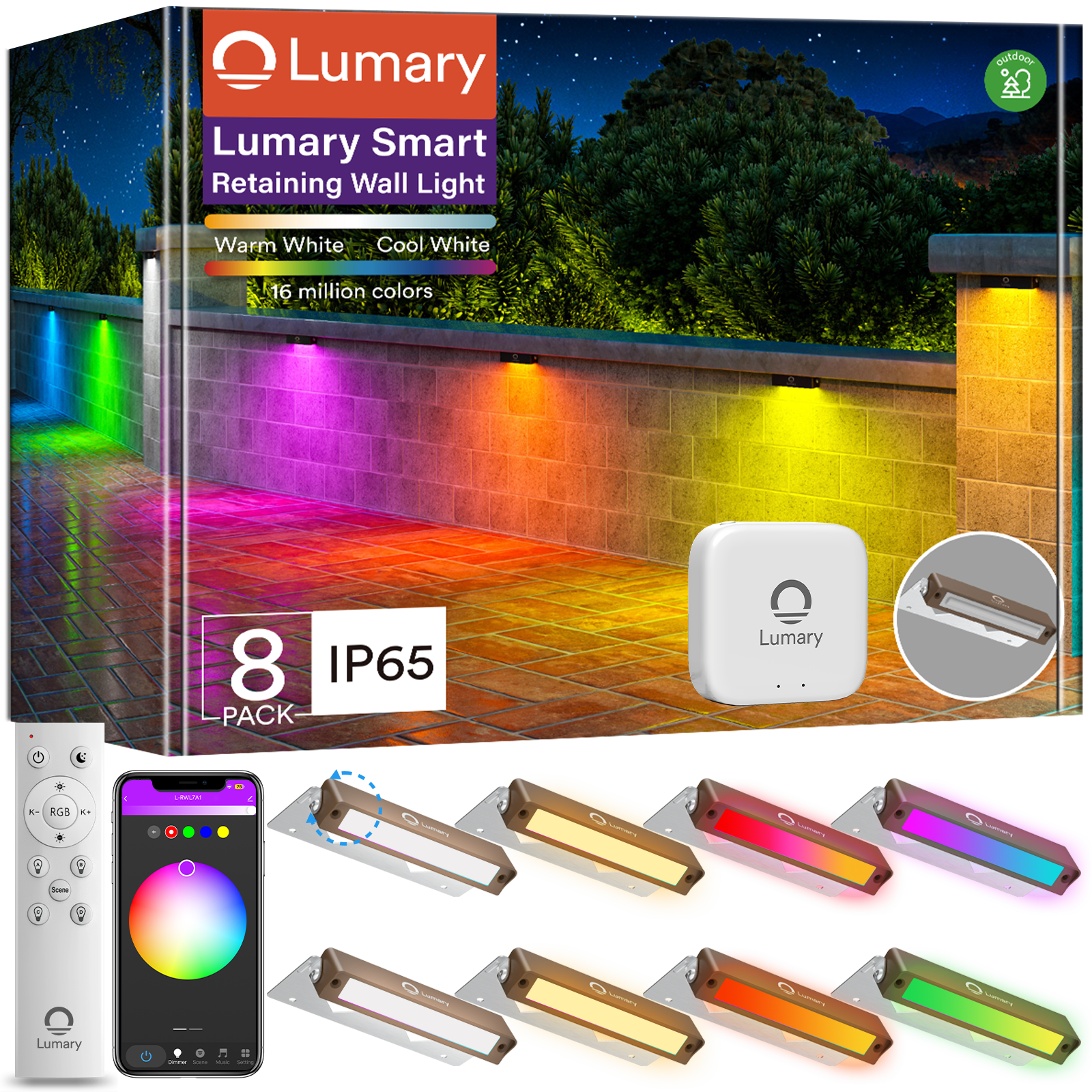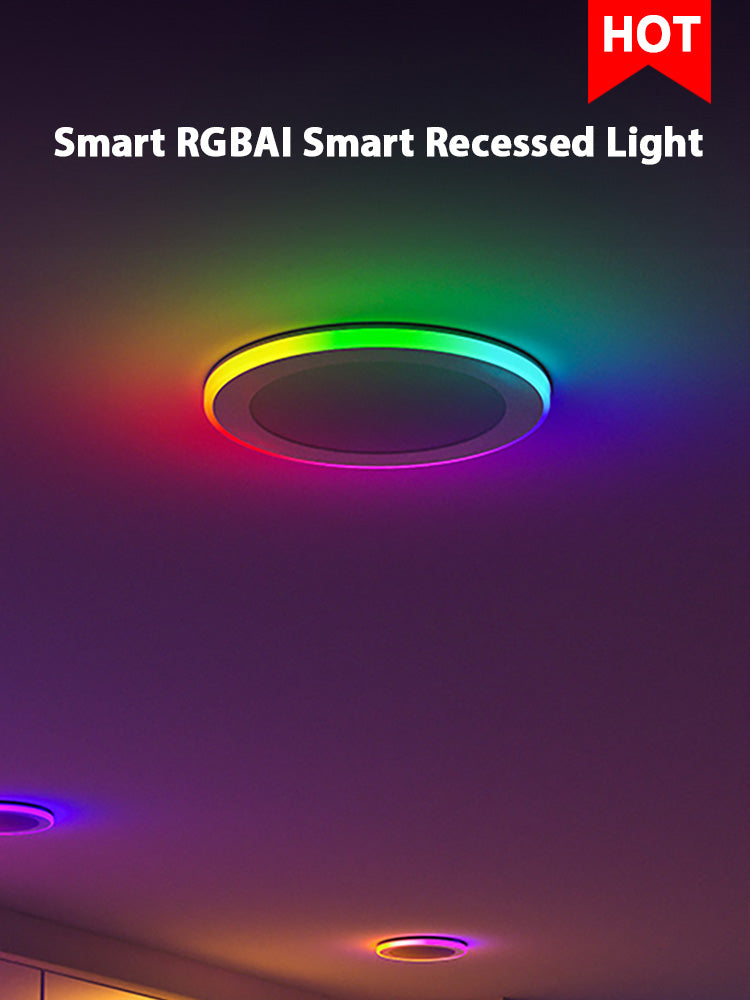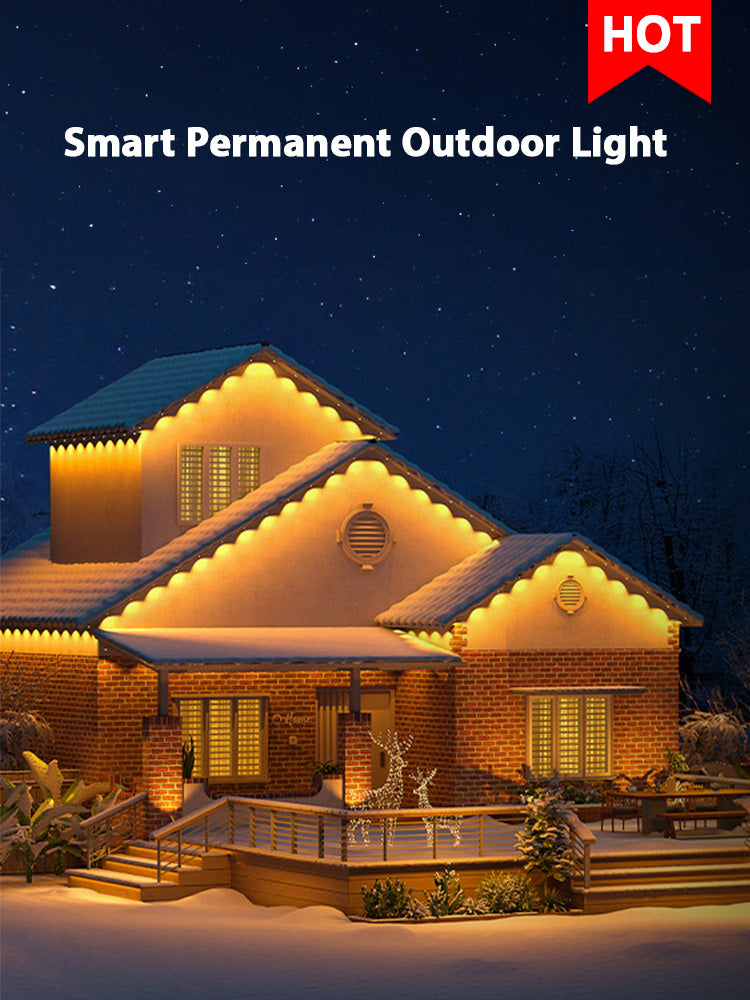More than just a practical need, porch lighting is a key component of home decor that turns your entry into a safe, friendly space. The curb appeal of your house will be much improved by appropriate lighting, which also creates a welcoming environment and provides necessary security and safety. From dramatic architectural highlighting to subdued ambient glow, porch lighting provides homeowners with a strong instrument to convey personal style and make an unforgettable first impression.

Key Considerations for Porch Lighting Design
Creating the ideal porch lighting calls for a careful design that strikes a mix between aesthetic appeal and utility. Homeowners have to take into account the special architectural characteristics of their house and how lighting could accentuate current design features. The intended mood depends much on the color temperature of the lights; warmer yellow tones produce a friendly environment, while cooler white lights give a more modern, clear look.
Good lighting design depends critically on scale and proportion. While a little light can seem unimportant on a big entrance, a huge fixture might overpower a small porch. Think on your lighting fixtures' visual weight in respect to the surrounding architectural details. Material choice is just as important; choices range from classic bronze and copper to modern stainless steel and matte black finishes that could either mix perfectly or create a dramatic contrast.
Energy efficiency should not be an afterthought. Modern lighting solutions offer remarkable performance without compromising style. Consider the overall electrical load, maintenance requirements, and long-term cost implications when selecting your porch lighting approach.
What Types of Porch Lighting Fixtures Can You Choose?
Wall sconces represent a classic approach to porch illumination, offering both functional lighting and decorative appeal. These fixtures come in countless designs, from minimalist modern to ornate traditional styles that can dramatically transform an entrance's character. Positioned correctly, wall sconces provide even illumination that eliminates harsh shadows and creates a welcoming glow.
Pendant lights offer a more dramatic lighting solution, particularly effective for covered porches with sufficient overhead clearance. They create a focal point and add vertical interest to the entrance area. Hanging at the right height, pendants can provide both ambient and task lighting, illuminating walkways and creating a sense of depth and dimension.
Recessed lighting provides a clean, contemporary solution that works exceptionally well in modern home designs. Strategically placed can lights can create layers of illumination, highlighting architectural features while providing overall ambient light. Their unobtrusive nature makes them ideal for minimalist design approaches.
How to Incorporate Smart Lighting Technologies
Smart lighting solutions have changed outdoor illumination by offering hitherto unheard-of control and utility. Modern systems let homeowners remotely control lights using smartphone apps, therefore enabling customized scenes and schedules that increase security and convenience. The ability of motion sensors to rapidly turn on lights adds still another level of house protection.
Color-changing LED technologies enable dynamic lighting experiences that let homeowners only tap to alter the mood of their porch. These systems can provide amazing effects, color changes, or quiet mood lighting for every holiday to fit the event. Integration with home automation systems lets lighting run in time with other smart house appliances.
Security becomes more sophisticated with advanced smart lighting. Programmable systems can simulate occupancy by randomizing light patterns, deterring potential intruders. Some advanced motion sensor technologies can differentiate between human movement and environmental factors, reducing false alarms and providing more intelligent security solutions.

How Can Accent Lighting Highlight Your Home's Architectural Features?
Accent lighting transforms ordinary architectural elements into stunning visual focal points. By carefully positioning lights, homeowners can create dramatic shadows and highlights that showcase unique structural details. Upward-facing lights can dramatically illuminate columns, while grazing techniques can emphasize textural elements like stonework or brickwork.
Landscape lighting can extend the visual impact beyond the porch itself, creating a cohesive outdoor lighting design. Strategically placed path lights can guide visitors while simultaneously highlighting garden features. Low-voltage LED landscape lights offer tremendous flexibility, allowing for subtle illumination that enhances architectural lines and natural features.
The key to successful accent lighting lies in subtle restraint. Over-illumination can create harsh, unflattering effects that detract from the natural beauty of architectural elements. Experiment with different angles and intensities to find the perfect balance that highlights your home's unique characteristics.
What Are Some Seasonal and Decorative Lighting Options for Your Porch?
Seasonal lighting offers an opportunity to express creativity and celebrate different times of the year. Holiday-specific decorative lights can transform a porch from a functional entrance to a festive focal point. During winter, warm white string lights can create a magical, inviting atmosphere, while autumn might call for deeper, warmer tones that complement changing landscape colors.
Temporary lighting installations provide flexibility for homeowners wanting to experiment without permanent commitments. Portable lanterns, c, and battery-operated candles can quickly and affordably update your porch's appearance. These elements allow for easy customization that can be changed with minimal effort.
When choosing seasonal lighting, think about the design aesthetic and general color palette. Rather than disorganized or random, the look should be deliberate and harmonic from all the elements. To keep a professional, deliberate look, coordinate temporary lighting with current fixtures.
How Can You Choose Sustainable and Energy-Efficient Lighting Solutions?
Providing amazing energy economy and lifetime, LED technology has revolutionized outdoor lighting. With up to 90% less energy than conventional incandescent lights, modern LED fittings save a lot of long-term money. These low-heat-producing lights create a more ecologically friendly lighting source and help to lower possible fire hazards.
Options for solar-powered lights keep getting better and offer creative ideas for places with enough sunlight. Modern solar technology can provide dependability and brightness on par with conventional electric systems. During the daylight, these fixtures gather and store energy; they then automatically light porches as night falls.
When selecting energy-efficient options, consider total lifecycle costs. While initial investments might be higher, long-term savings in electricity and replacement costs make sustainable lighting an economically sound choice. Many utility companies offer rebates for energy-efficient lighting installations, providing additional financial incentives.
Conclusion
A great tool for changing the front of your house and combining aesthetic appeal with useful use is porch lights. Carefully choosing fixtures, including smart technologies, and considering energy efficiency will help homeowners to create a welcoming, safe, and aesthetically pleasing entrance that represents their own style and improves the general character of their house.

